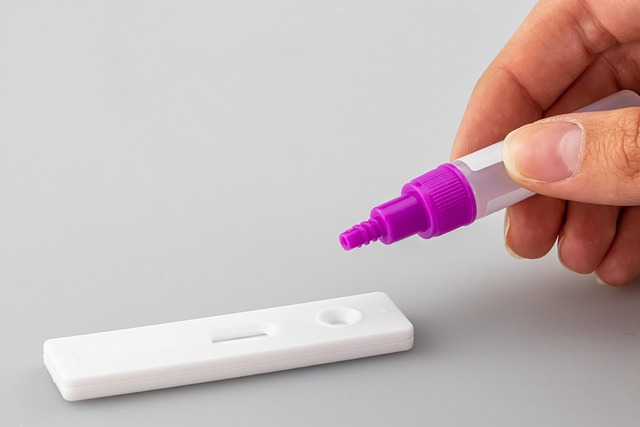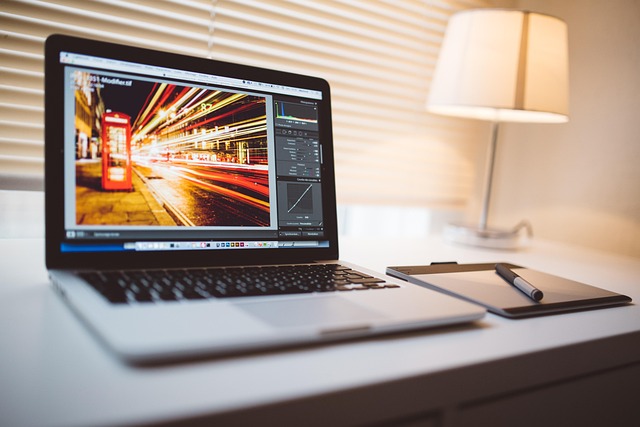Testing the Canvas: The Intersection of Content and Display Tech
As creators and consumers, we live and breathe content. We pour our vision into digital formats, or eagerly dive into worlds crafted by others. But the bridge between that digital realm and our eyes is the display – the TV, the monitor. It’s the canvas upon which our experiences are painted. And to ensure that canvas is true to the original vision, to push the boundaries of what’s possible, we must constantly test its limits.
The Technic Behind the Vision: Current State
Today’s display technology is nothing short of incredible. We have 4K and 8K TVs offering unprecedented resolution, monitors with lightning-fast refresh rates for smooth motion, and panels boasting vibrant color accuracy and deep blacks thanks to advancements in OLED and Mini-LED technology. These technical marvels are designed to deliver breathtaking visualization, whether you’re editing a film, playing a high-octane game, or streaming a cinematic masterpiece.
But the numbers on the spec sheet only tell part of the story. How does a display perform with real-world content? How accurate is its color reproduction across different brightness levels? Can it handle fast motion without blurring? These are the questions that rigorous testing seeks to answer. Testing reveals the true capability of the hardware, ensuring the visualization we experience matches the content creator’s intent.
Pushing Boundaries Through Test
The future of display technology isn’t just about more pixels or faster refresh rates; it’s about entirely new ways to visualize information and entertainment. We’re seeing research into microLED, foldable displays, holographic projections, and displays that can dynamically change their properties. Each step forward requires extensive testing. Labs push monitors and TVs to their absolute limits – temperature, endurance, color gamut extremes, response times under duress.
This ongoing test cycle is crucial. It validates new designs, identifies weaknesses, and paves the way for the next generation of monitors and TVs. For content creators, this means new tools for richer, more detailed work. For consumers, it means more immersive, lifelike experiences. Without this relentless testing, innovation would stagnate, and the quality of the content we create and consume would be held back by the limitations of the screen.
Visualization’s Future Relies on Testing Today
Imagine displays that are truly indistinguishable from reality, screens that wrap around your environment, or interfaces that appear seamlessly in thin air. These futuristic visions of visualization rely heavily on the fundamental testing happening right now. Every test of a new pixel structure, a different backlight technique, or a novel material brings us closer. It’s the unsung hero behind the stunning visuals we expect from our modern TVs and monitors.
So, when you see a display capable of showing vibrant HDR content or rendering incredibly sharp details, remember the extensive testing that went into its development. It’s this meticulous process that ensures the display technology keeps pace with, and even inspires, the evolution of content itself.




